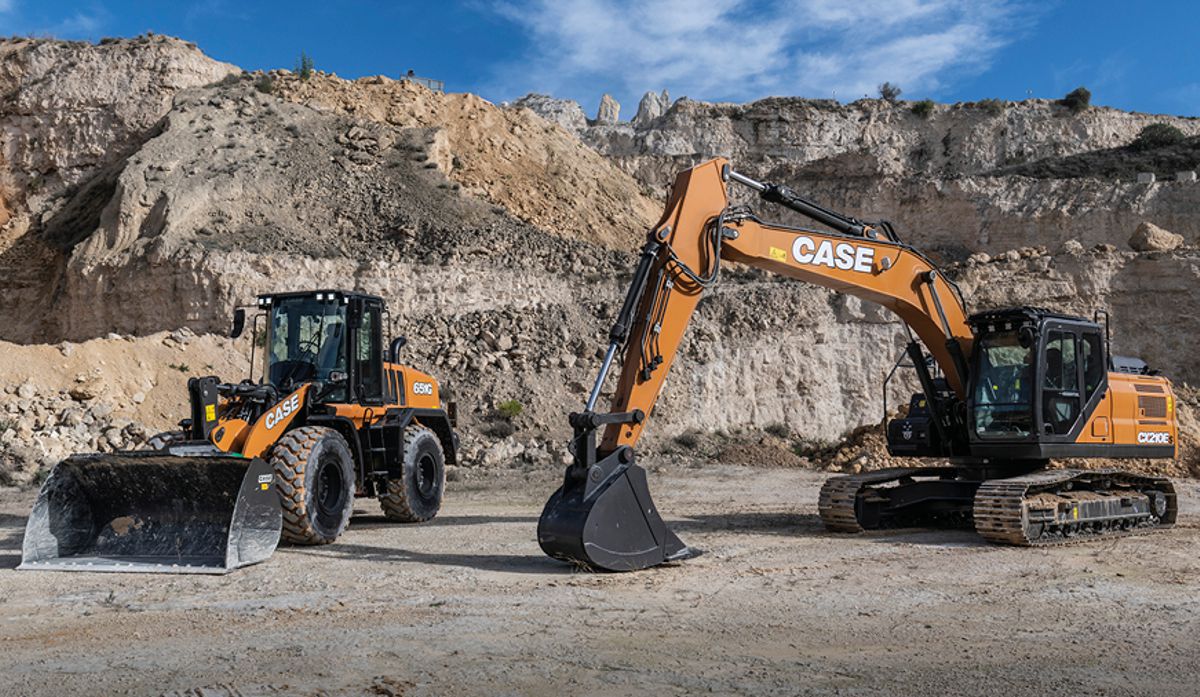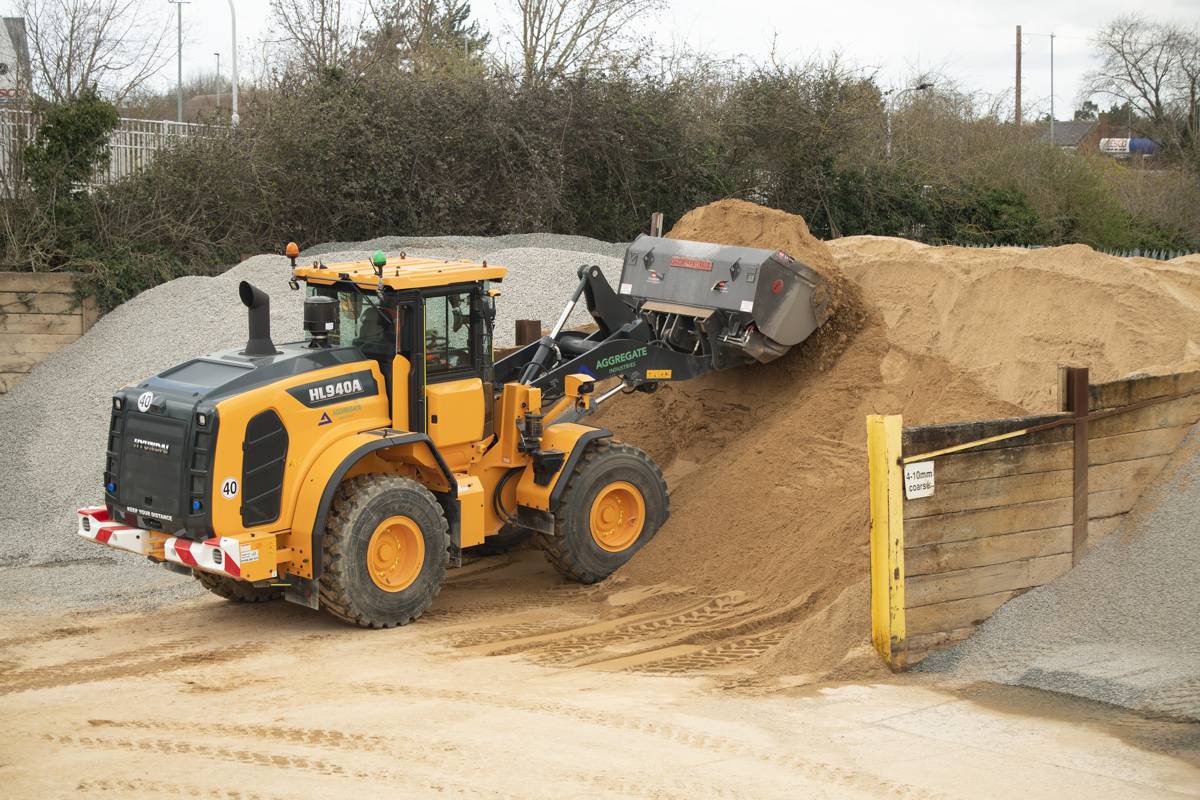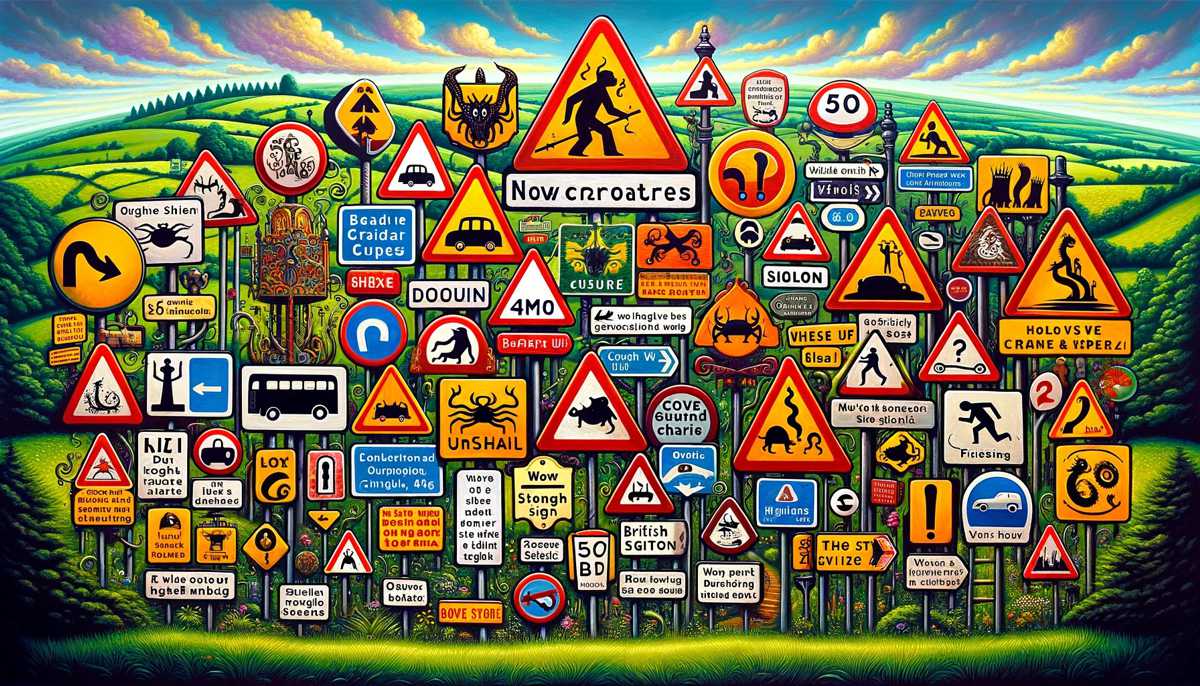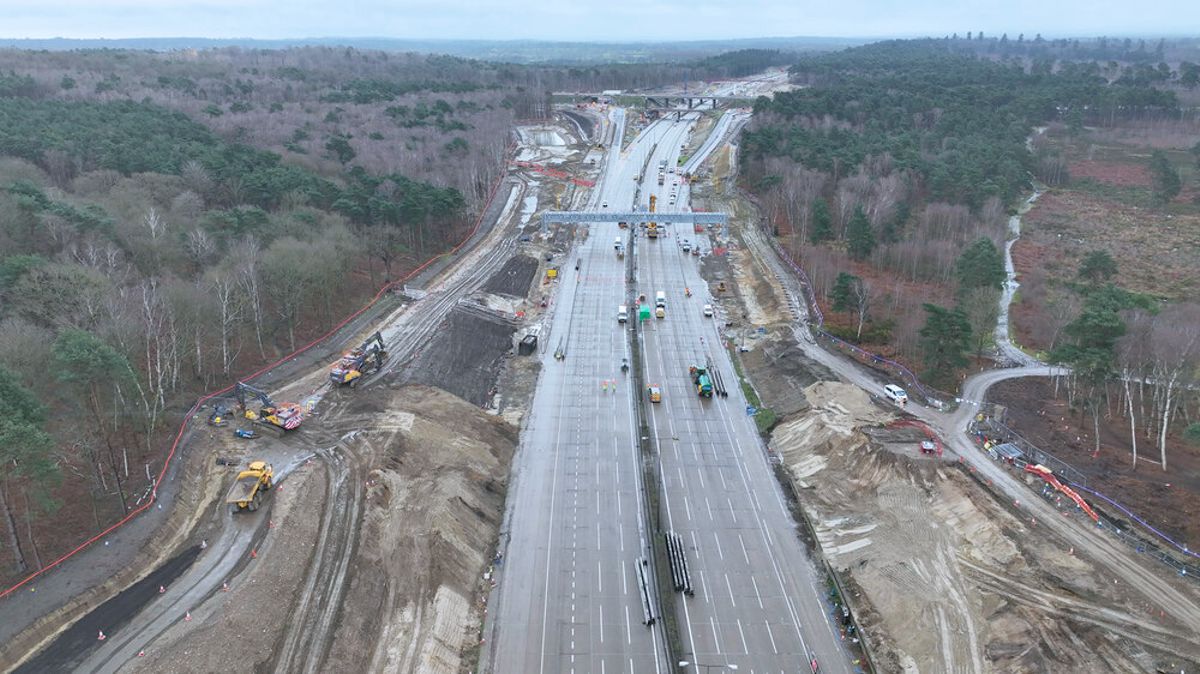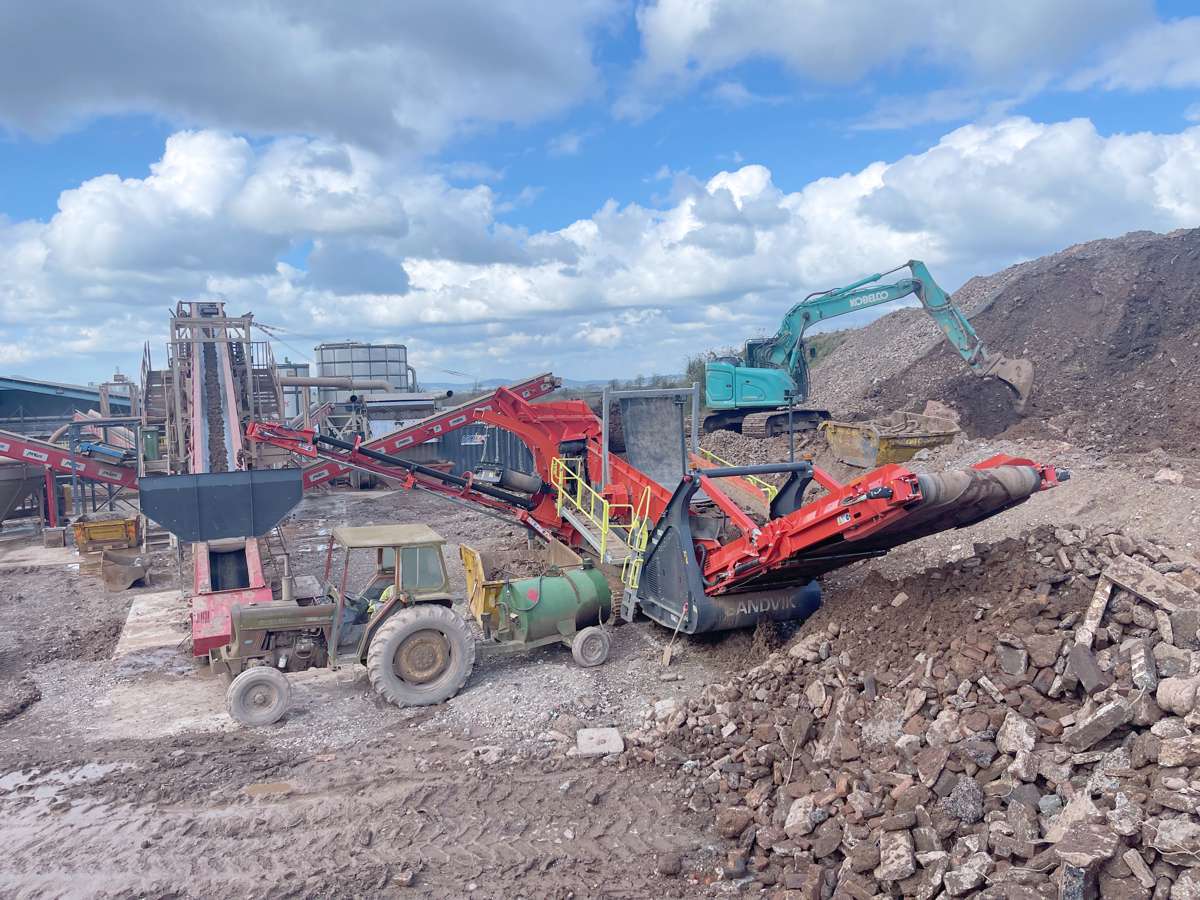Network Rail prepares for UK’s soaring summer temperatures
With the extreme hot weather predicted this week, Network Rail has activated its ‘extreme weather action teams’ (EWATs) across the country to ensure passengers are kept safe and our railway keeps running as reliably as possible.
Andy Thomas, managing director of England and Wales at Network Rail said: “On very sunny days, rails in direct sunshine can be as much as 20 degrees centigrade above air temperature causing the steel to expand markedly and could, if not carefully monitored and action taken, buckle causing travel disruption.
“Our engineers and specialist extreme weather teams are monitoring track-side temperatures and vulnerable locations and will, if necessary, introduce temporary speed restrictions during the hottest part of the day to keep trains running, albeit more slowly than normal.”
Paul Plummer, CEO of the Rail Delivery Group, who represents the rail industry said: “This week could see some of the hottest weather of the year so we would advise people travelling by train to carry a water bottle and if they feel unwell, get off at the next stop where a member of staff will be happy to help.”

How to look after rails in extreme heat:
- We work closely with specialist weather forecasters and local weather stations to make plans and take action so rails are less likely to buckle.
- We have installed mini weather-stations and thousands of track-side probes to monitor local conditions.
- We will introduce speed restrictions during the hottest part of the day at vulnerable locations as slower trains exert lower forces on the track and reduce the likelihood of buckling.
- We paint certain parts of the rail white so they absorb less heat – and expand less. Typically, a rail painted white is 5°C to 10°C cooler.
- Our teams check track stability each winter as part of ongoing maintenance, and strengthen any weak parts before summer.
- As most track is made up of long pieces of rail that are stretched and welded together, there is much less chance of buckling in very high temperatures because there is reduced compression.
- When a track is made up from short rails bolted together, we leave small gaps between each one to allow for expansion.







